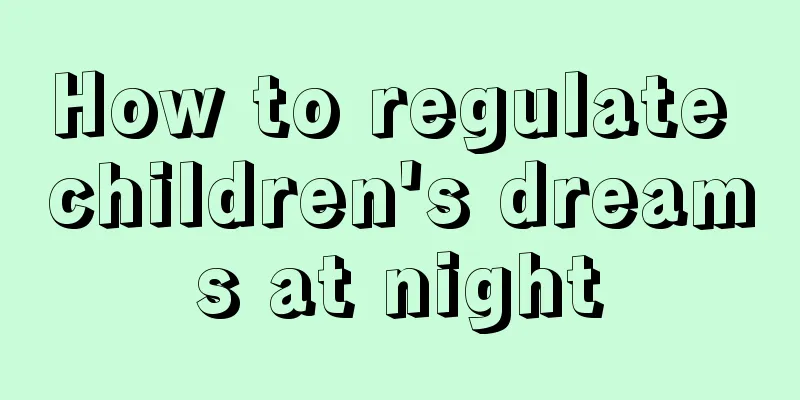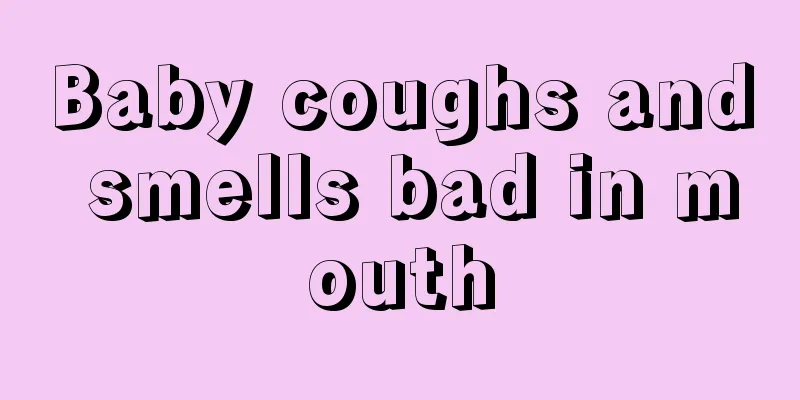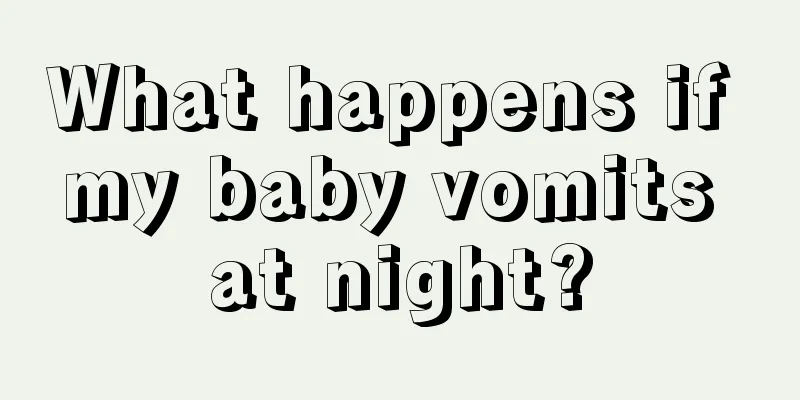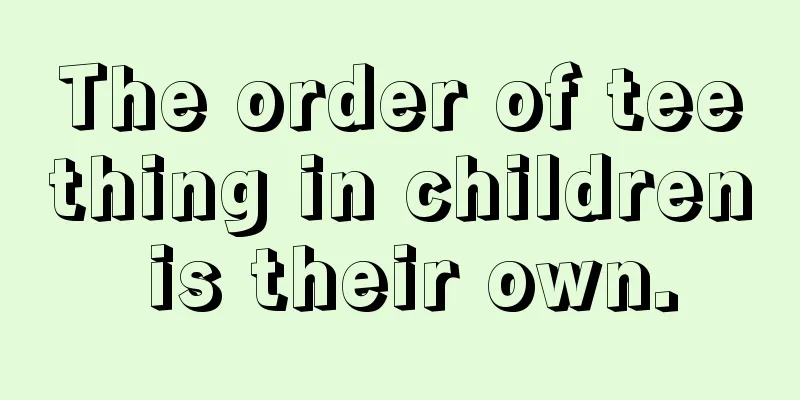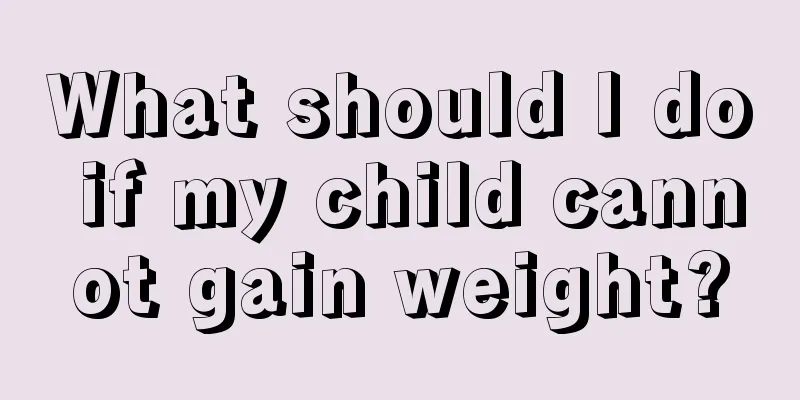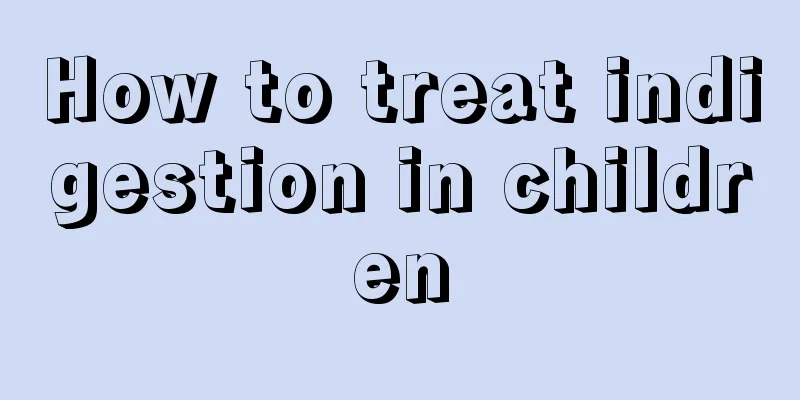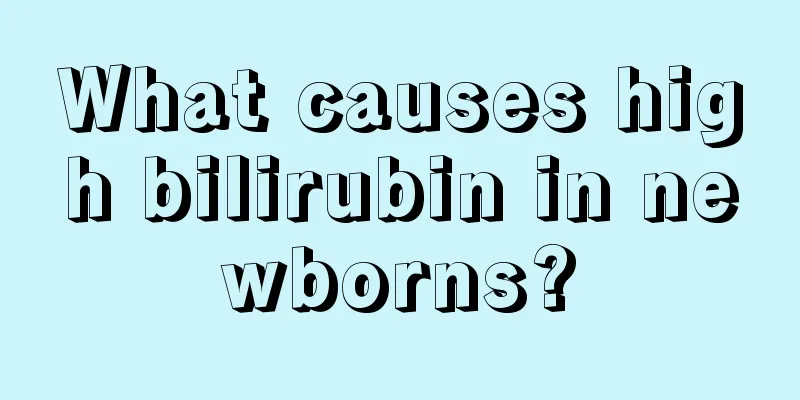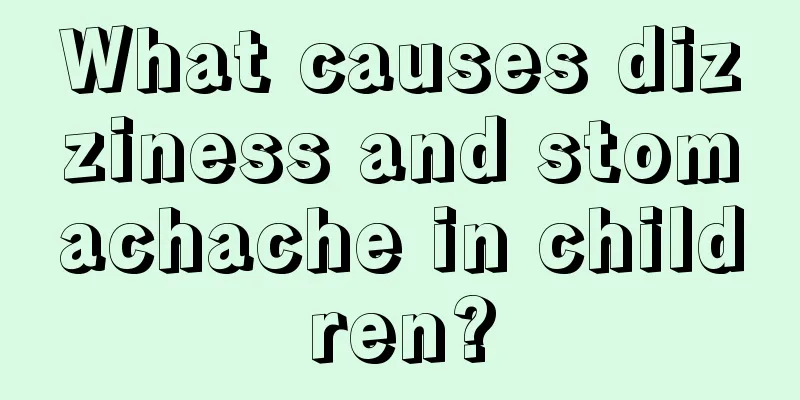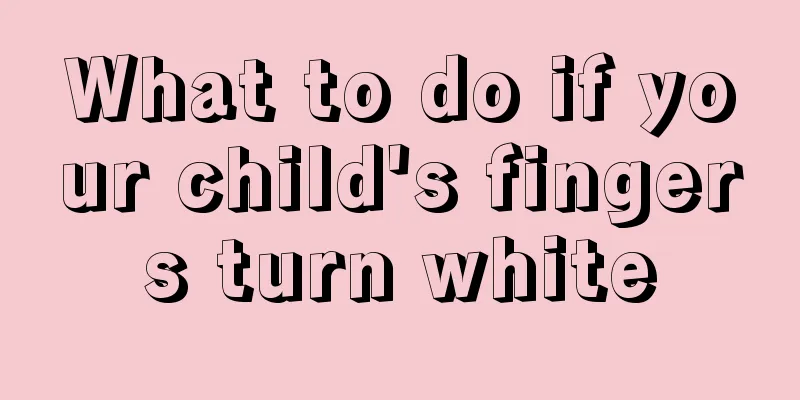Parents should pay attention to the symptoms of asthma in children
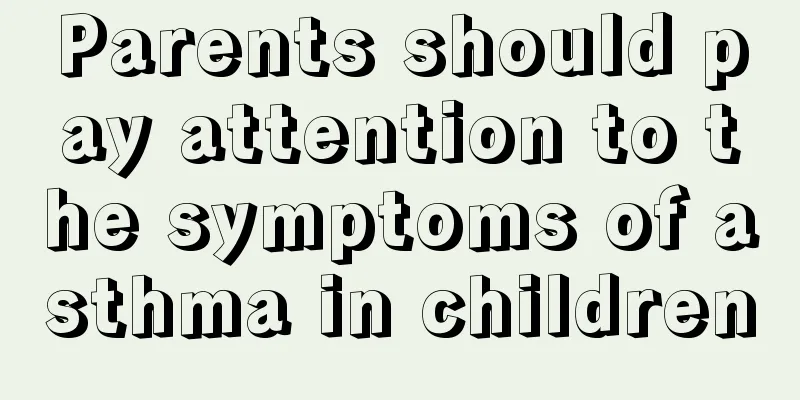
|
If a child develops asthma, parents must pay attention to it and avoid asthma attacks. Repeated asthma attacks are very harmful to the child's health. Parents must know the signs and early manifestations of asthma attacks in children and avoid the presence of some irritating factors. 1. Precursors and early manifestations of asthma attacks. First, let us understand the precursors of asthma attacks in children. When children with asthma are stimulated by allergens, cold air or other triggers, they often first show symptoms of upper respiratory tract allergies, such as itchy eyes, itchy nose, sneezing, runny nose, etc., and may also show symptoms such as rubbing the nose and eyes, and further manifest as itchy upper palate, itchy throat, dry cough and choking cough. These symptoms of childhood asthma can often last for hours or days before an asthma attack. 2. Remission period. Asthma does not occur all the time, but there is a remission period. During this stage, children with asthma may not have any symptoms and signs, or may only show symptoms of allergic rhinitis. A small number of children with asthma may experience chest discomfort, with or without wheezing in the lungs. Those with long-term recurrent attacks may have symptoms such as emphysema, which are the symptoms of childhood asthma. 3. During a typical attack, asthma symptoms are very obvious. The wheezing symptoms of childhood asthma vary greatly depending on the severity of the asthma. Children may have a high-pitched wheeze that can be heard without a stethoscope or at a distance. Symptoms of asthma in children include increased respiratory rate and difficulty breathing, and patients may breathe through their mouths with flaring nostrils. Many children may have cough, which is usually a dry cough at the beginning of the disease. When the attack subsides, white mucous sputum is coughed up. In severe attacks, symptoms include irritability, cyanosis, pale complexion, and cold sweats. Physical examination revealed three-recess sign, increased heart rate, and wheezing in both lungs. Further aggravation may lead to symptoms of heart failure such as distended neck veins, edema, small bubbling sounds in the middle and bottom of the lungs, and enlarged liver. Children with chronic pediatric asthma may have signs of emphysema, such as barrel-shaped chest and tympanic sound on chest percussion. |
<<: How to treat mumps in children? Treatment of mumps in children
>>: What should I do if my child’s fingers peel?
Recommend
What is the latest treatment for cerebral palsy in children?
There are indeed many methods for treating cerebr...
How to promote bowel movements in newborns?
Newborn babies are relatively young and cannot sp...
Can a seven-month-old baby eat taro?
We all know that babies need to add complementary...
Common childhood diseases
There are many types of common diseases in life, ...
Baby food recipes for five months
We should pay special attention to the baby's...
Why does my baby have stomachache in the middle of the night?
If your baby has stomachache in the middle of the...
What can children eat to enlarge their breasts?
In modern society, having a pair of good breasts ...
What should we pay attention to when babies take calcium gluconate?
For newborn babies, I believe that moms and dads ...
How to grow taller during puberty
Adolescence is very important for everyone. There...
What is cerebral palsy in children?
Cerebral palsy in children is a common disease no...
Diagnosis of active tuberculosis in children
Active tuberculosis refers to new smear-positive,...
Summer schedule for primary and secondary schools
Primary and secondary school is a very important ...
What medicine is used for conjunctivitis in children
Conjunctivitis is a common clinical disease. Ther...
Can baby's foot valgus be cured?
Every change in the baby after birth is watched b...
What to do if your baby has mucus in his stool
Many experienced parents, when taking care of the...
